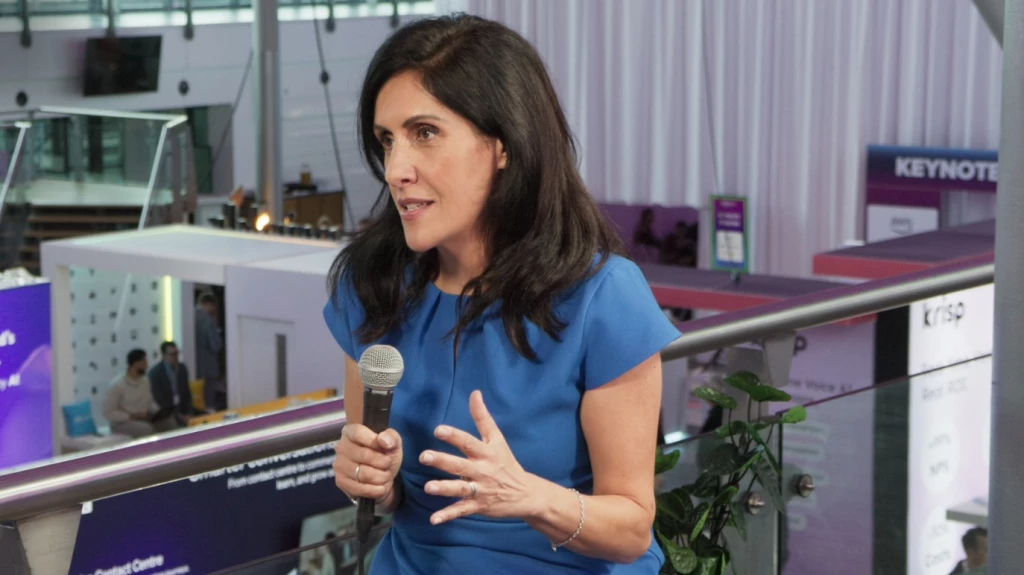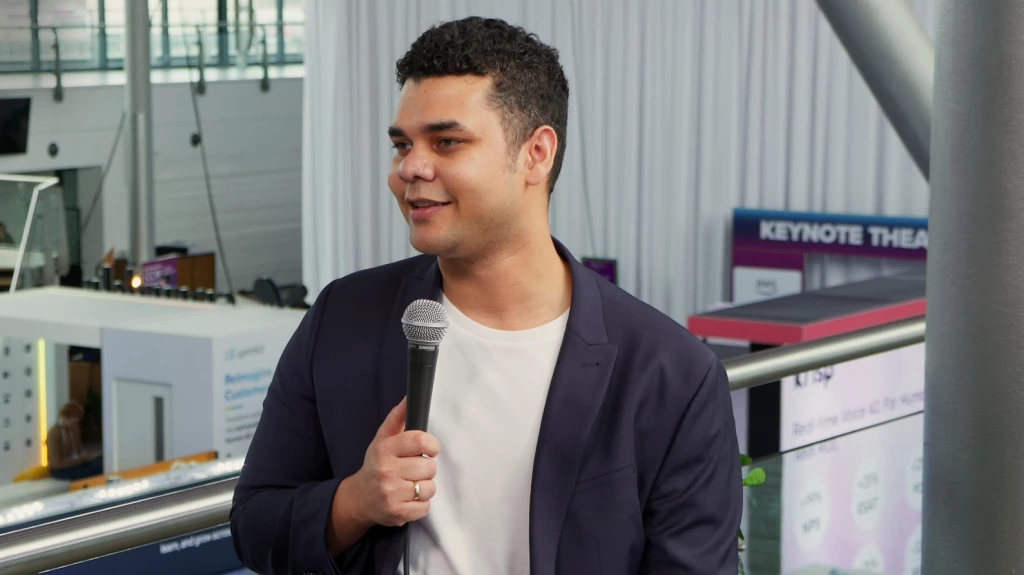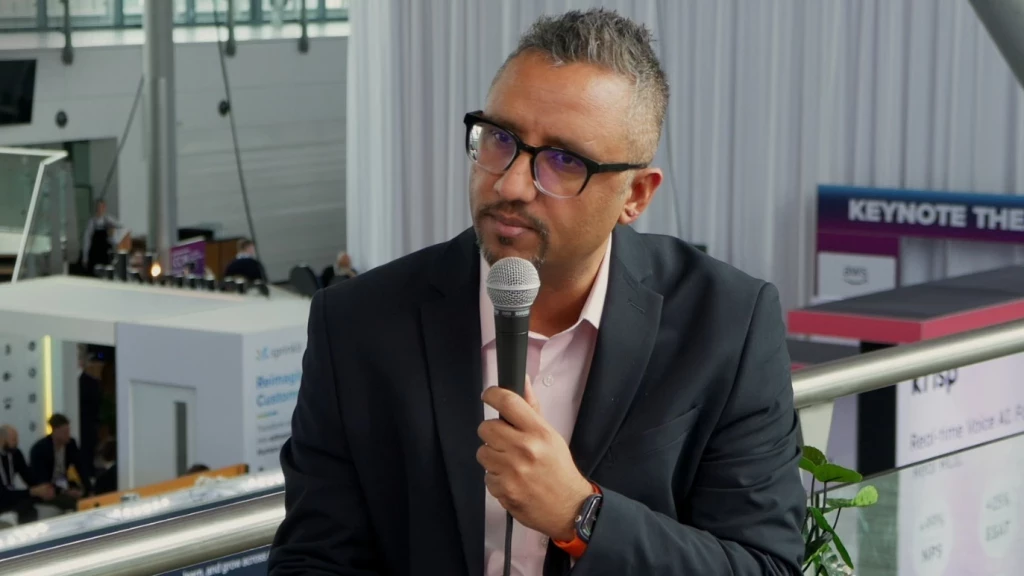2022 Wrapped: Trends that Shaped the Customer Management Industry
Customer management trends are constantly changing and evolving. Here, we look at some of the most important customer experience, employee experience, and customer service trends from 2022
Add bookmark
Creating meaningful experiences are more important than ever, but achieving the “utopian experience” has never been more challenging as businesses grapple with a storm of soaring calls, talent shortages, rising customer expectations, and decades-high inflation.
McKinsey’s article, The State of Customer Care in 2022, reported that 85% of workforces switched to remote working models over the past two years resulting in leaders having to quickly adapt systems and methods of operation to accommodate the shift. Additionally, contact centre employees became harder to retain with almost half of customer care managers experiencing increased attrition and performance unpredictability.
So, it is unsurprising to see five people-centric driven trends leading the transformation of the customer management industry in 2022:
1. Deep Empathetic Experiences
One of the biggest lessons learned from the COVID-19 pandemic is the immense value of human contact and empathy. Natalie Petouhoff, Customer and Employee Experience Strategist and author of Empathy in Action, explained in her book: “You have two assets without which you cannot have a business – customers and employees. Yet they are not on the balance sheet and [businesses] do not design experiences to maximise their potential.”
Empathy-based business value – increasing financial success by focusing on the customer and employee – is key to solving customer and employee experience challenges.
2. Personalised Customer Journeys Rather Than Isolated Interactions
A contextual customer experience (CX) starts with anchoring target customer segments and guiding them through relevant customer journeys. With a clear understanding of who is being prioritised, their intentions, and pinpointing where the customer is in their journey, it enables businesses to better craft experiences that are tailored to customers and provide content that aligns with the decision stages of their journeys.
PwC found that 65% of customers are likely to become long-term customers of a brand if they can provide positive and personalised experiences throughout the customer journey.
3. More Immersive Experiences
Modern customers increasingly expect modern experiences over material goods – particularly among millennials where 75% say they value experiences over things. If a business wants to remain relevant, they must turn the customer journey into a thoughtful, interactive, and memorable experience. The metaverse can help with this.
MIT predicts: “The potential for the metaverse to reshape how customers and brands engage cannot be overstated. Over the next decade, the metaverse will transform CX in the same way e-commerce shook up retail in the 1990s and mobile reimagined social interactions in the early 2000s.”
4. Subscription and Servitization
This trend is all about moving away from the traditional sell-and-buy model where customers receive a one-off product and service as and when they need it, to regularly interacting with brands through a subscription – receiving a product or service on a regular and scheduled basis.
Research shows subscription businesses are achieving five times faster revenue growth than the S&P 500 (18.2% vs. 3.6%).
Forbes described the subscription and servitization model as “one of the most important future trends”. This is down to customers building deeper connections with brands they love through convenient auto-renewals and generating predictable revenue because “as long [a business] continues to provide value for the customer, they will continue to pay for it”.
5. Enterprise Intelligence for Meaningful Product and Service Innovation
Businesses are data-rich, but insight poor. It takes deliberate thought, rigorous analysis, careful planning, and action to turn data into intelligence that drives business decisions.
Getting the data organised should not be the goal in and of itself. Businesses should be considering if the data is quantifiably aiding in their daily decision-making and if customers are integral to their business intelligence arsenal.
A survey conducted by Harvard Business Review Analytic Services (HBR), in association with SAP, revealed that nearly 71% of brands are looking to alter their CX data strategies in 2023 due to changes in customer needs. As part of this transformation, HBR identified many businesses are investing in centralised data models to increase CX scalability, agility, and flexibility. Doing so will also give businesses a clearer picture of their customer groups and products and indicate how successful their businesses are and will be in the long term.
Putting Priorities into Practice
According to IBM, 60% of CEOs say delivering better CX is among their highest priorities in the next two-three years. However, the question on the tongues of every customer management leader as we enter the New Year is how to best prioritise investment across people, operations, and intelligence to grow ever closer to achieving the “utopian brand experience”.
Keep your finger on the pulse in 2023 with insights from CCW Europe Digital.
























